Most Asian made instruments have a hex key ("Allen") adjustment nut.
On acoustic guitars, it's frequently found just inside the soundhole:
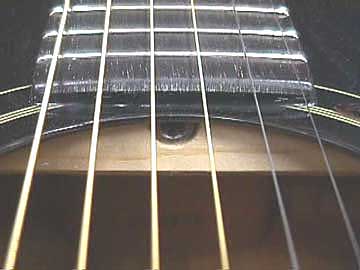
Easy to see, easy to reach with a wrench, and all you have to do is spread the strings apart to adjust the rod while the instrument is tuned up.
Here's a Martin guitar:

Martin buys their channel rod systems from Asian manufacturers, but the nut is placed further back under the fingerboard, so you can't actually see it. There is a convenient access hole drilled through the brace, so it's easy to feel the truss rod nut with the end of a 5mm hex key wrench.
Here's the channel where the truss rod lives underneath the fingerboard.
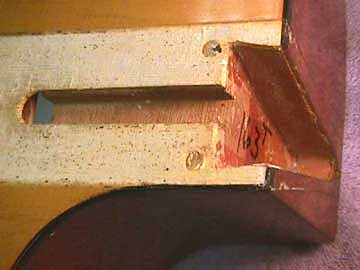
Most all Asian made adjustable rods use a 5mm hex key nut.
If you adjust a lot of these instruments you'd be doing yourself a favor to hit the hardware store and get a "ball end" hex key, like this one:
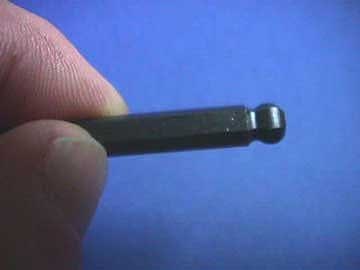
With this kind of wrench, it's easy to locate and adjust those nasty little nuts, which can sometimes be just a little out of alignment with the holes in the brace under the fingerboard. The ball end allows 10 or 15 degrees of misalignment, and brother does that make a difference!
Here's a Collings guitar neck, showing the neck attachment bolts, and the long brass truss rod adjusting nut:
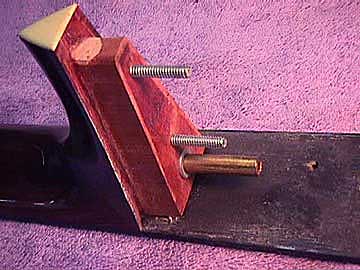
This long brass nut has a 5/32" hex key socket, and is really difficult to find unless you know where to look inside the guitar. It's way up inside under the fingerboard, and you MUST have a ball end hex key to get it to work. Once you've adjusted a few of these, they are also very easy to handle, by the way.
Using the Insight inspection video camera, we can see the truss rod poking out from the neck block:
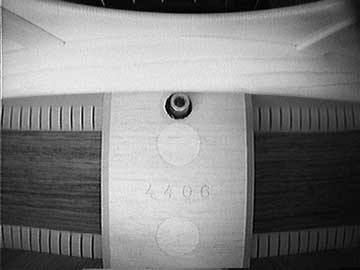
It sticks out about 1/4" so you can feel around for it with the end of the 5/32" hex wrench, but it lines up directly with the backside of that brace at the end of the fingerboard, so you can't get a straight wrench in. No problem, though if you have the ball end wrench.
This Thompson guitar has the 5mm hex key socket truss rod nut mounted in the same position, but just behind the surface of the neck block:

That makes it a little easier to find while probing around with the end of a wrench.
More